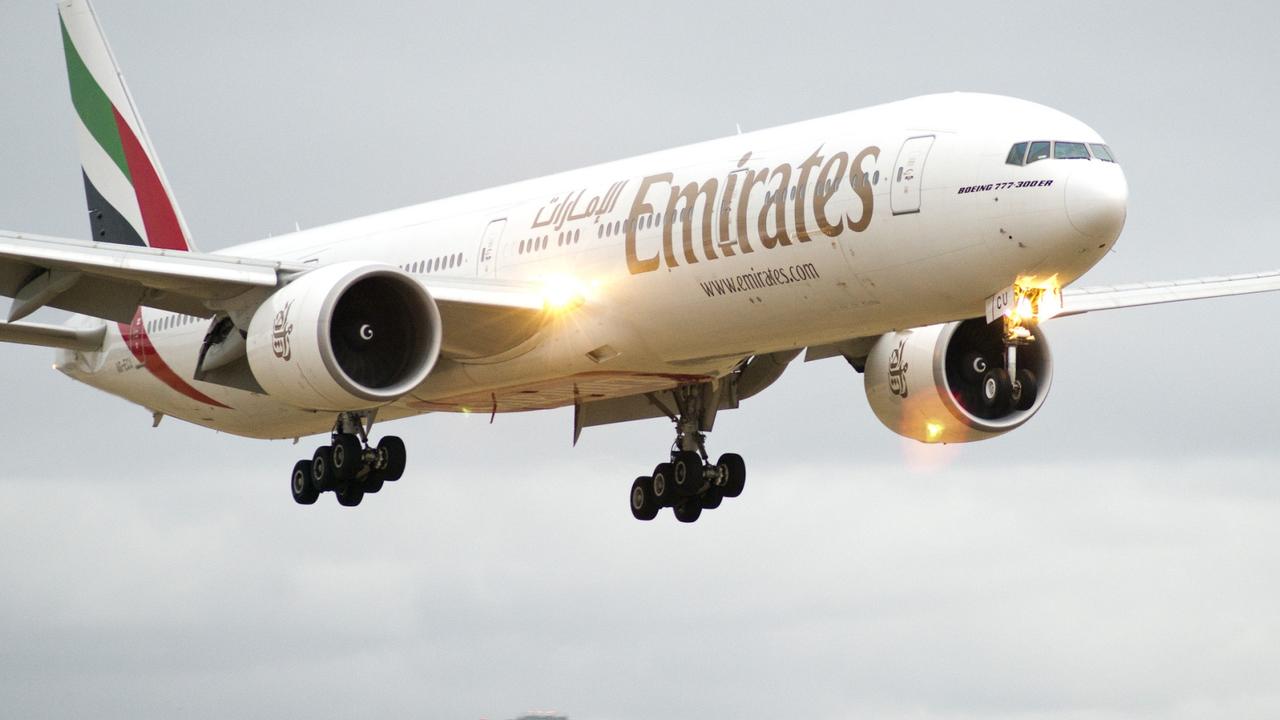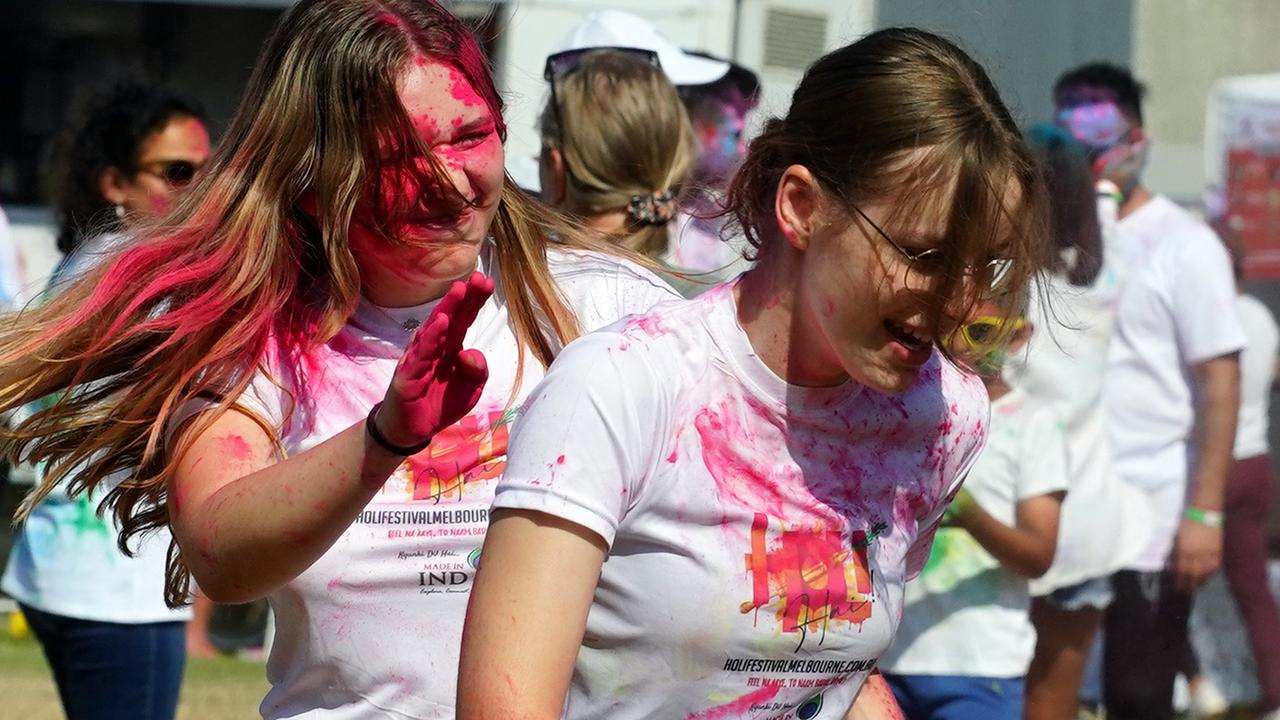Australian Transport Safety Bureau finds Sea World pilot Ash Jenkinson had possible traces of cocaine in system at time of horror crash
The pilot killed in the Sea World helicopter crash had possible traces of cocaine in his system, according to crash investigators.
The pilot who died in the Sea World helicopter crash had possible traces of cocaine in his system at the time of flying, a new report has revealed.
The Australian Transport Safety Bureau released an interim report on Tuesday on the one-year anniversary of the horror crash in which two joy flight helicopters collided mid-air on the Gold Coast.
Four people died in the tragedy, including Sea World Helicopters chief pilot Ash Jenkinson, British husband and wife Ron and Diana Hughes and Sydney woman Vanessa Tadros.
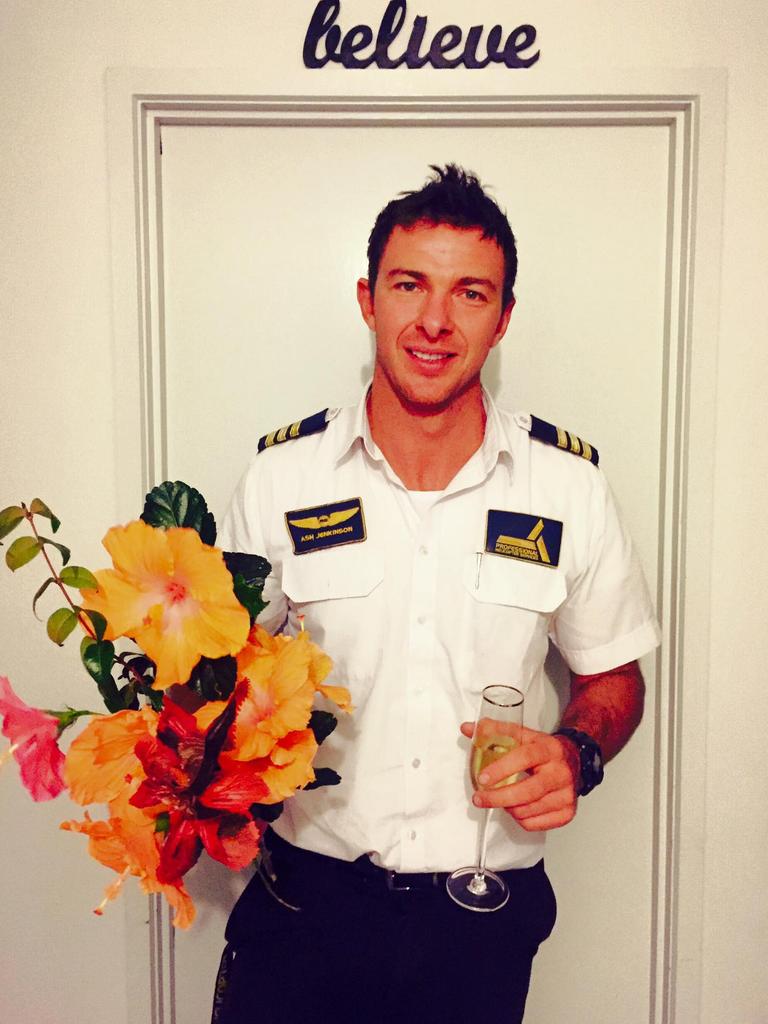
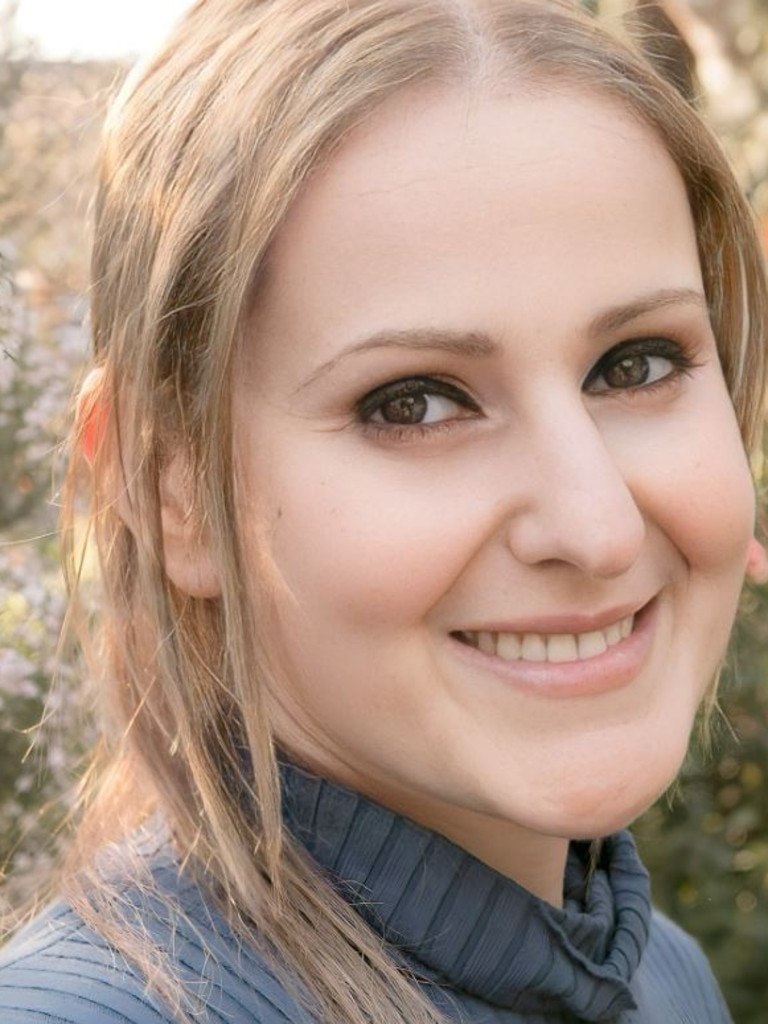
While investigations into the cause of the crash continue, ATSB Chief Commissioner Angus Mitchell said a toxicology report for Mr Jenkinson found a positive result for low levels of cocaine metabolites.
However, Mr Mitchell confirmed the trace of cocaine in Mr Jenkinson’s system would not have caused the fatal collision.
“A forensic pharmacologist engaged by the ATSB has stated that the very low concentrations of these metabolites suggest exposure was not likely to have occurred in the 24 hours prior to the accident, and it is unlikely there would have been impairment of the pilot’s psychomotor skills,” he said.

“It is important to note while this is a substantive and comprehensive interim report, the ATSB is yet make formal findings as to the contributing factors that led to this accident, as we are continuing our analysis of that evidence.”
In a statement, Mr Jenkinson’s family welcomed the interim report but hoped it did not “tarnish the memory” of the popular pilot.
“On the anniversary of the accident, we acknowledge the ongoing pain and grief of all the other families involved. They remain in our thoughts daily,” the family’s statement read.
“It is important for the people deeply affected, as we have been, to have a greater understanding of the multiple contributing factors to this terrible accident.
“We wish to address the findings of Ashley’s autopsy.
“We understand from the autopsy a negligible level of cocaine metabolites was found in Ashley’s system.
“The interim report noted the very low concentrations of these metabolites suggest use was not likely to have been within 24 hours prior to his death and it is unlikely there would have been impairment of his psychomotor skills.
“The examining forensic pathologist reported that there were ‘no signs of chronic stimulant use’.”

Mr Jenkinson’s family urged people to read the full report that found there were “multiple contributing factors to this terrible accident”.
“As a family, we know there will be significant attention to this finding.
“We request people not be distracted by this one element of the interim report or this be the sole focus of the report.
“It seems clear there were multiple issues with communication infrastructure, visibility, congestion and safety protocols identified among others.
“We know the operators have already undertaken reviews and changes since this event.
“We are grateful that these measures have been put in place to help prevent any future tragic accidents from occurring.
“We understand operational factors around communication and safety processes remain to be further investigated before the report is finalised.
“We urge that this finding does not tarnish the memory of Ashley, the person he was, the friend he was and all the hours and days of good deeds he did during his lifetime.
“After the accident, there was an outpouring of gratitude for the public and private acts of kindness and support Ashley showed throughout his life. We ask this not to be forgotten in today’s report.
“We will not be making any further comments on this interim report.
“We want to express our gratitude to the ATSB for their care and thoroughness in their investigation.”
Ms Tadros’ son Nicholas, 10, was also critically injured in the collision, his right leg amputated below the knee.
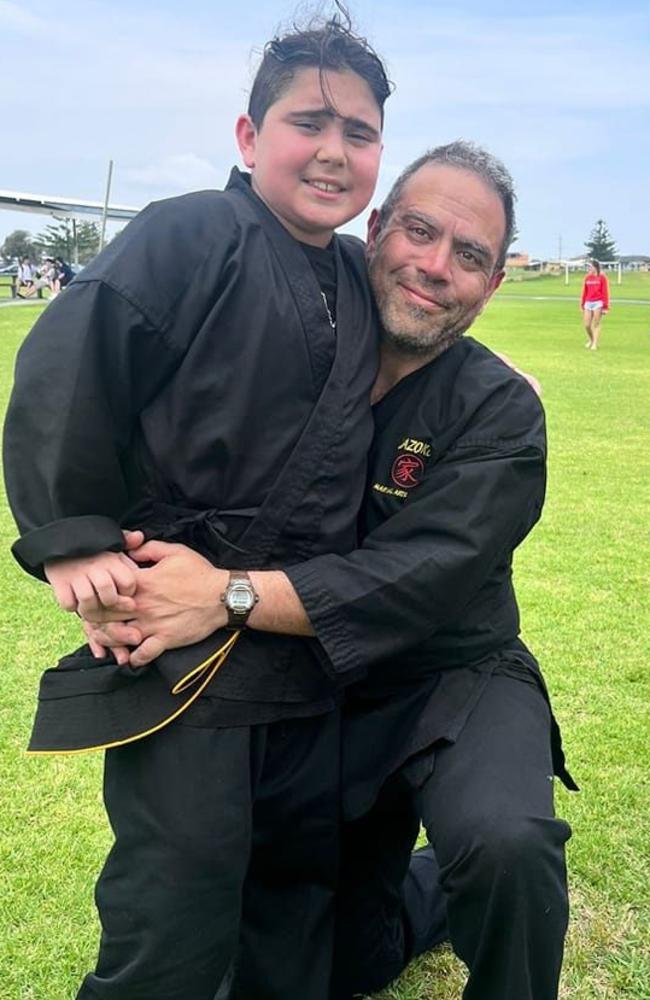
Victorian tourists Winnie de Silver and her son Leon, 9, were also seriously injured.
The six passengers and pilot Michael James of the other helicopter all survived with minor cuts and bruises.
Mr James successfully landed safely on a sandbank in the Southport Broadwater opposite Sea World moments after the crash.
The ATSB report stated that Mr James had consented to drug and alcohol tests following the crash but no tests were ever done.
The interim report revealed the ATSB’s wreckage examination identified no pre-existing defects in either helicopter that would affect normal operation.
Mr Mitchell said the ATSB continued to identify and examine the context and risk controls that existed at the time of the crash.
“The ATSB analysis framework looks at a hierarchy of factors arranged in their relative proximity to an event, and this investigation has so far concentrated on elements closest to the event: individual actions, vehicle/equipment performance, local conditions and risk controls,” he said.
This work included interviews with key personnel and witnesses, the examination of both helicopters, maintenance logs, post-mortem information, a review of industry understanding of seat belt fitment, analysis of ADS-B and radar flight tracking information, CTAF recordings, and video imagery.
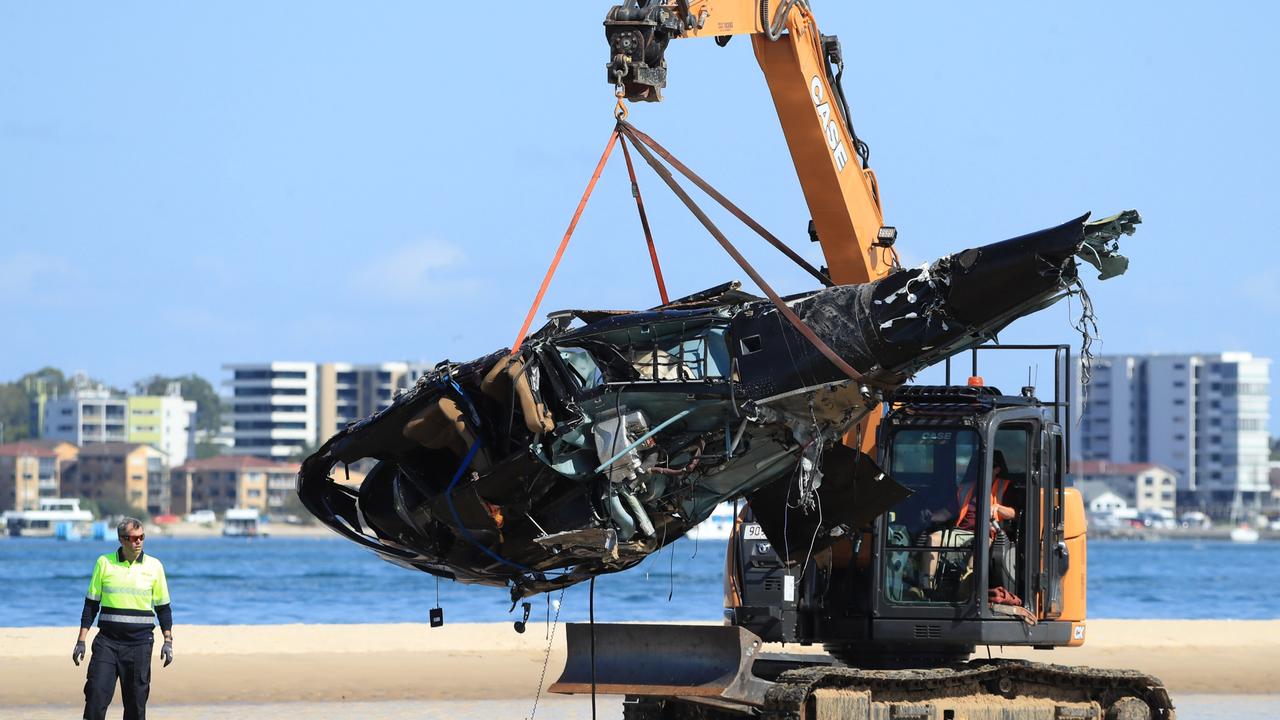
A German company has also been commissioned to recreate the crash to simulate the sightlines of the two pilots within the helicopter cockpits.
The final report is expected to be delivered in the second half of 2024.
A preliminary report was previously published weeks after the crash in March 2023, which had revealed the pilot of the helicopter coming into land did not recall a taxi call to announce his intention to take off from the other pilot over the radio.
“This does not necessarily mean that a taxi call was not made, and the ATSB investigation will undertake a detailed analysis of the nature of the radio calls made,” Mr Mitchell noted at the time.
The two EC130 Eurocopters were operating five-minute scenic flights from two different helipad facilities located about 220m apart.
The report stated that the inbound helicopter was set to land at the southern heliport, while the outbound was leaving from the pad to the north.
The helicopters collided at a height of just under 130 feet and only 23 seconds after the departing helicopter left the ground.
Rotor blades from the outbound helicopter entered the forward cabin of the landing chopper, causing it to break apart in the air and fall into shallow water next to a sandbar, the report details.
Mr Mitchell said the investigation would continue to consider whether any systemic factors contributed to, or increased the risk of, the accident.
“This will include consideration of the design of the operating environment and operating procedures, the onboarding and implementation of aircraft, change management, and the regulatory environment and input,” he said.
“This was a tragic accident, and it is our responsibility to make findings and drive safety actions, which reduce the likelihood of a similar occurrence in the future.”
Since the tragedy, Sea World Helicopters has implemented a new “pad boss” traffic advisory role, added air traffic systems to each of its helicopters’ avionic systems, increased communication protocols and taken steps to make its helicopters more visible.


